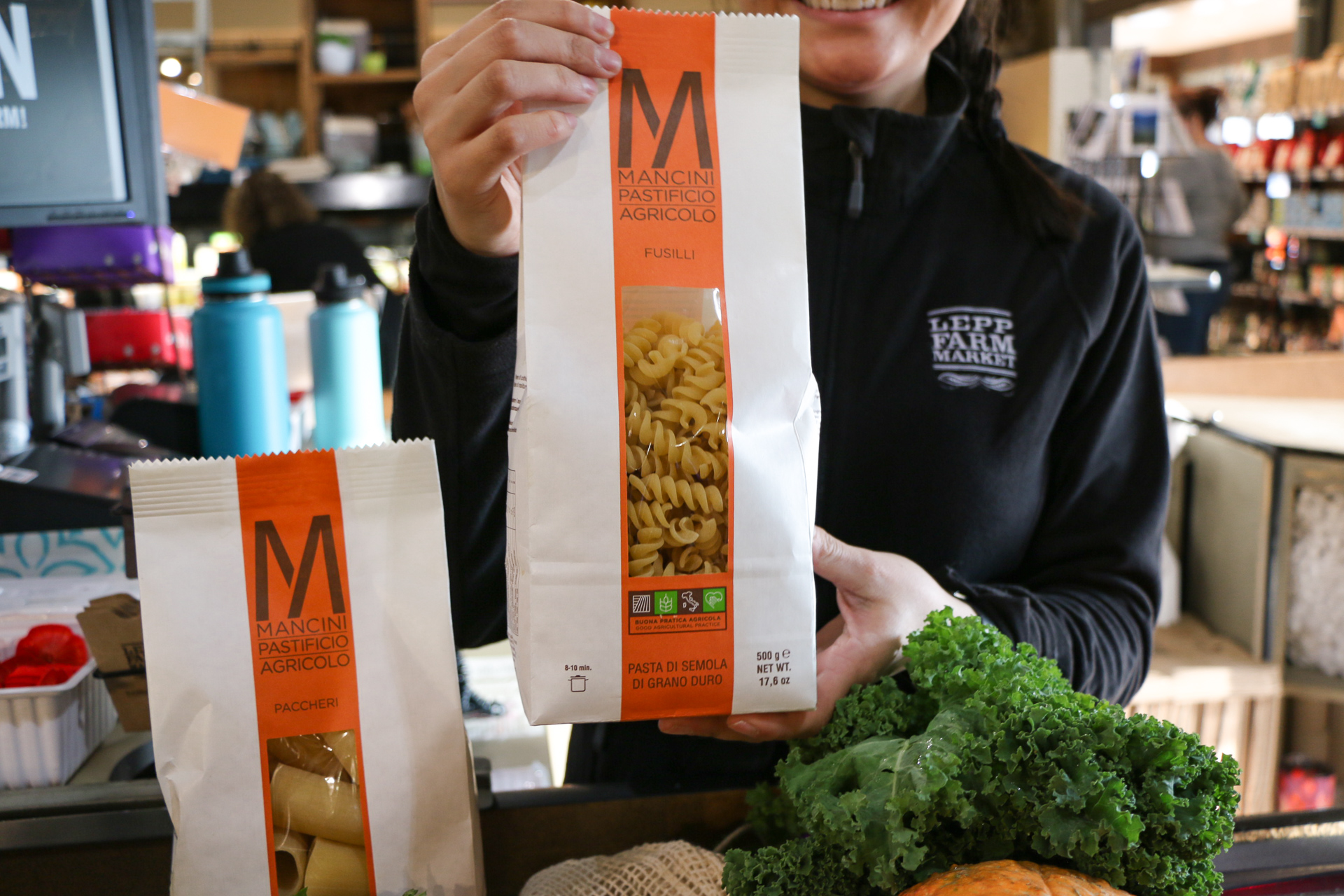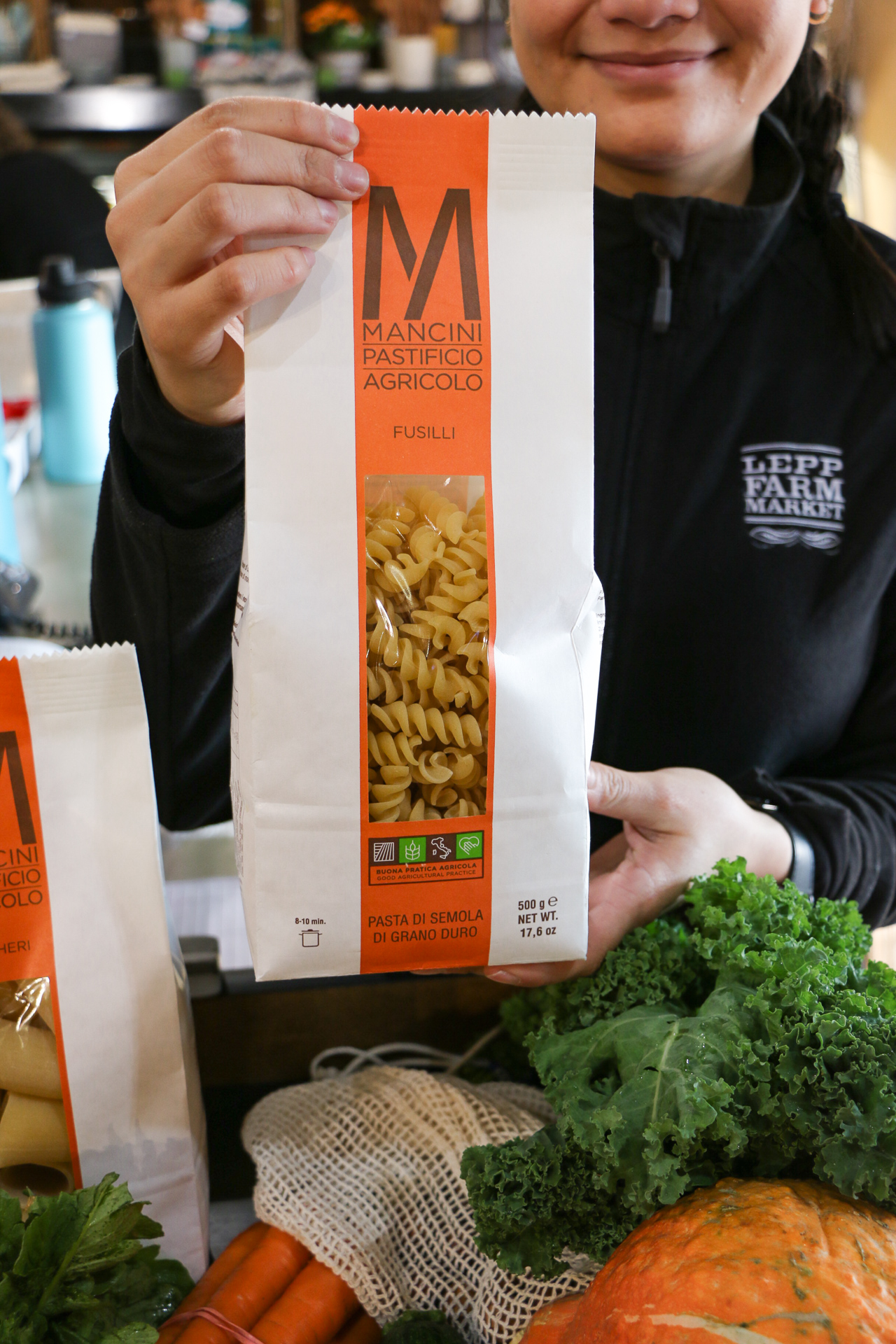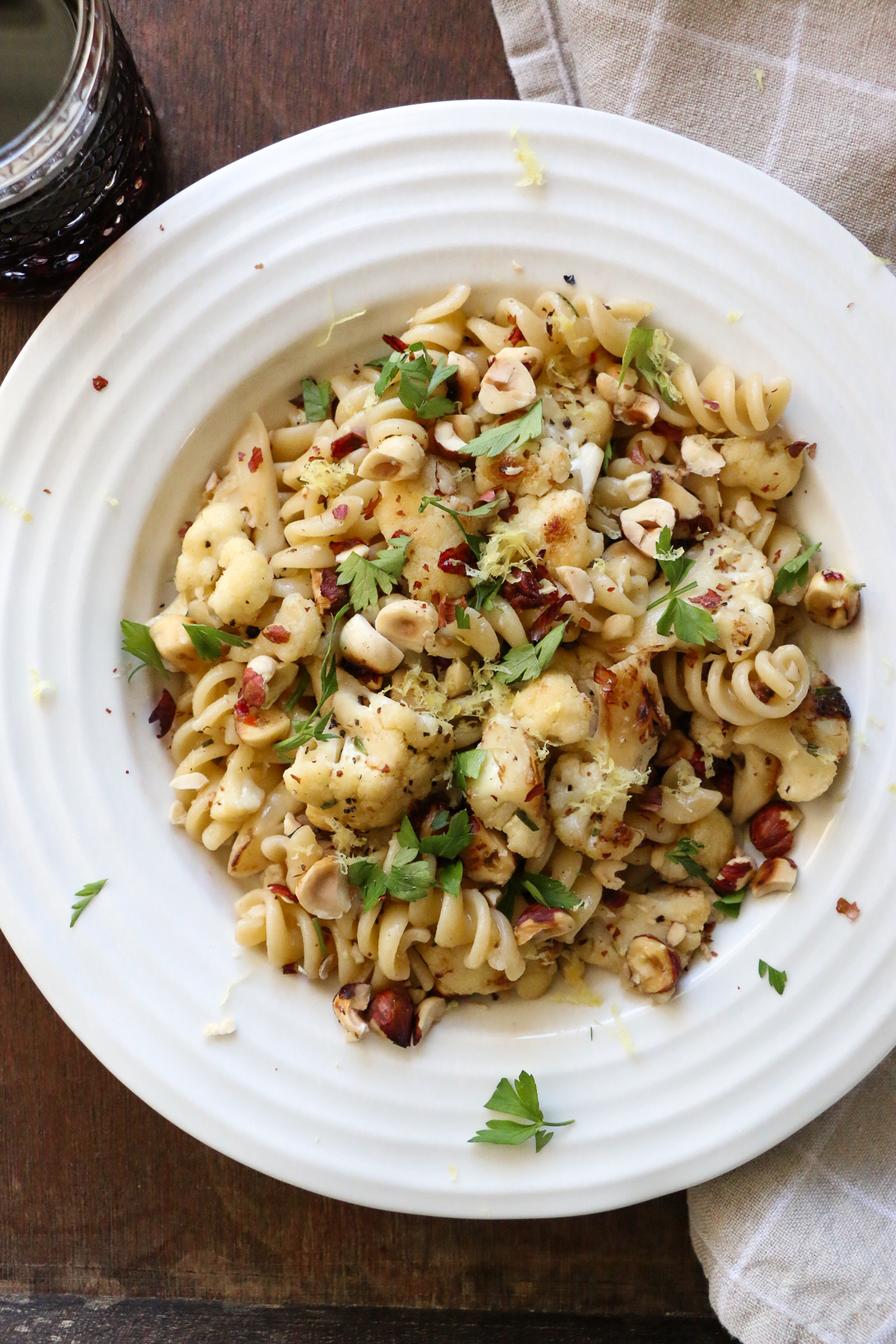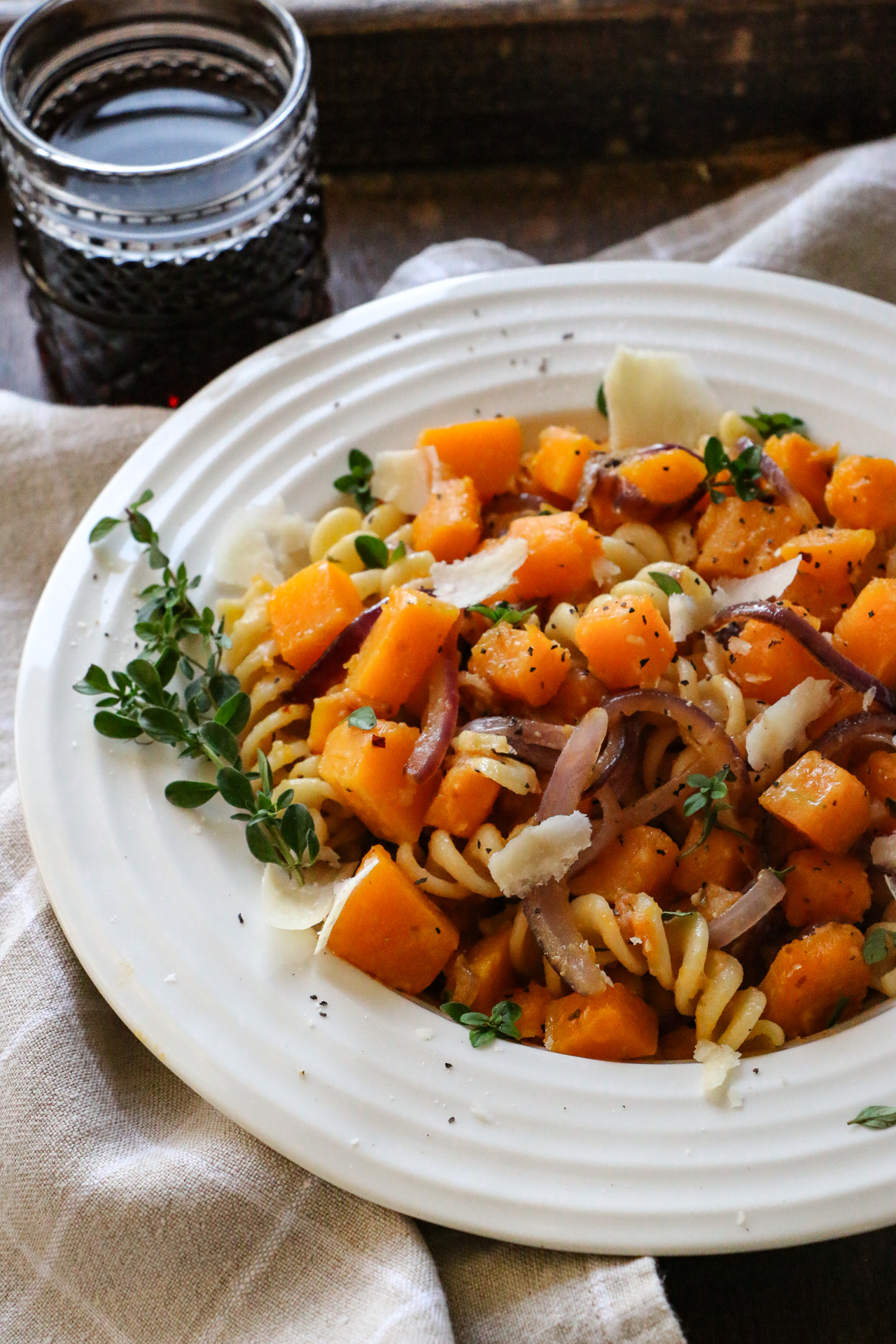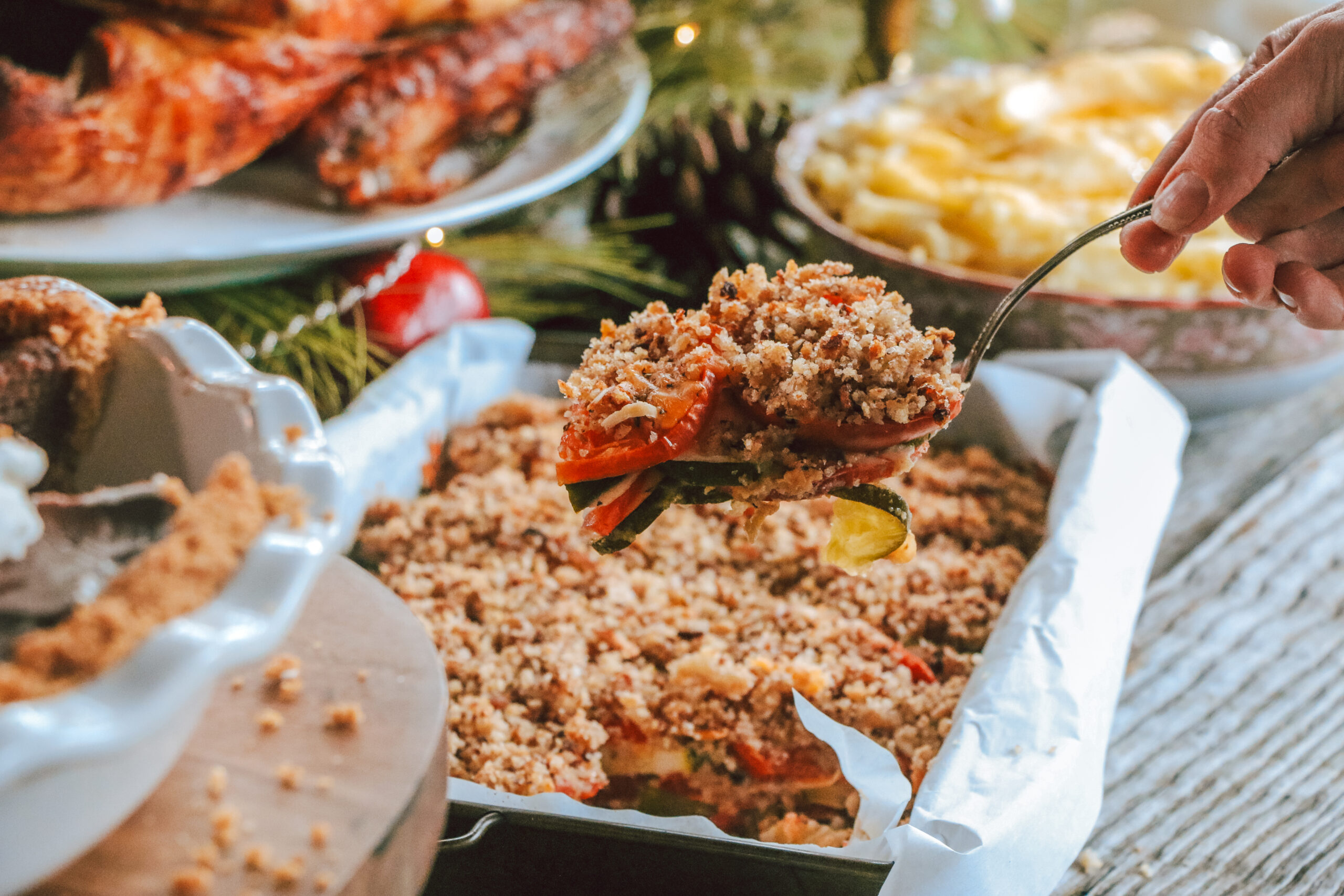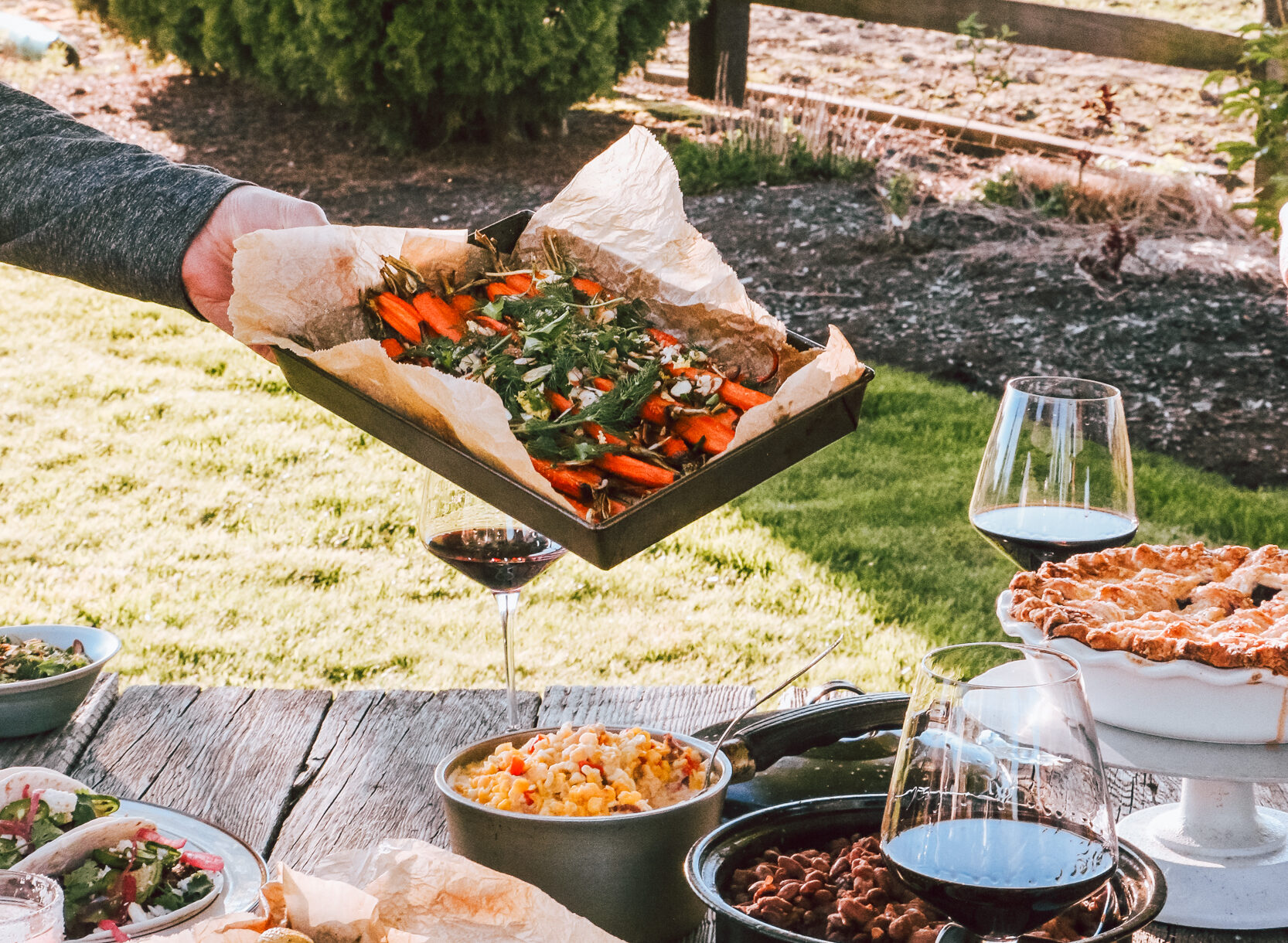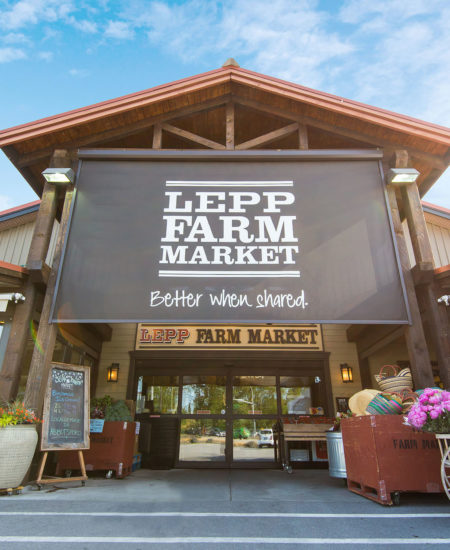Above: Mancini Pasta at Lepp Farm Market in Abbotsford, BC
We know you love quality ingredients, and as we only have one grocery aisle, you can be sure that what’s on the shelves meets our criteria of being the best product we can bring to you. So as you’re pondering which pasta to buy, you might ask yourself the question, is there a difference between a $2 bag of pasta and the more expensive favourite Mancini pasta? You bet there is! Immediately you’ll notice that they look different, the less expensive pasta is shiny and smooth, versus the floury, ridged chalky-looking Mancini pasta.
Above: Photo from Mancini Pasta
This is due to the extrusion process, the step that is taken to give pasta it’s distinctive shapes. The pasta dough is run through dies, a fancy word for molds, and the artisanal kinds of pasta are still made the traditional way, through bronze dies which increases both the porousness and roughness of the pasta surface. You’ll notice the difference in how pasta sauce clings better to the bumpy surface of bronze cut pasta, rather than the mass-produced pasta run through less expensive Teflon dies.
If you’ve gone to all the work to make a beautiful pasta sauce, you want to make sure it doesn’t slide off the pasta and end up on the bottom of your plate!
Drying time also greatly affects the texture and nutritional retention of pasta, and Mancini pasta goes through the old-fashioned slow, low-temperature drying, echoing the way hand made pasta is naturally air-dried. Mass-produced pasta is generally quick-dried for only a few hours at a high heat, which can cause cracking as it dries. And if it survives that phase, it expands unevenly when boiled, with the inside being gummier than the exterior.
Above: Photo from Mancini Pasta
But what we love most about Mancini pasta is that this Italian pasta is truly farm to table. Mancini grows all its own durum wheat, selecting the best seeds for their specific production style and those that are perfect for their fields and soil, mills the wheat themselves to ensure the freshest semolina flour and then handcrafts the pasta, their production facility situated right in the middle of their fields. We know these kinds of things are important to you, and we love to share the stories of the unique products on our shelves.
Try using Pasta Mancini in these recipes, tested and approved in Charlotte Lepp’s kitchen!
Recipe: Pasta with Seared Cauliflower & Garlic
Recipe: Herbed Pasta with Butternut Squash


